PACE, PACE, MIO DIO – an aria from La forza del destino
The portrait of Giuseppe Verdi’s aria PACE, PACE, MIO DIO
Read Interesting facts and hear great YouTube Videos about famous Aria “PACE, PACE, MIO DIO“.
If you want to read and hear more about LA FORZA DEL DESTINO, click on this link to the opera portrait
The aria PACE, PACE, MIO DIO – Synopsis & Background
Synopsis: Leonora wanted to flee the strict parental home with her lover, because her father did not want to approve of his daughter’s relationship with the Creole Alvaro. When her father surprises them during the escape, a shot is unintentionally fired from Alvaro’s pistol and unhappily kills the father. While fleeing, the two are separated and when Leonora mistakenly learns that Alvaro has fled to America, she enters a monastery as a hermit. After years she has not found peace there and wishes for her death.
Pace, pace is Leonora’s prayer, her plea for peace, which she will not achieve on earth and longs for her death (“Oh God, let me die”). Hardly any other aria lets the desperation of a woman feel so directly, and it offers the singer many opportunities to captivate the listener.
It begins with a shattering cry “Pace” (“Peace”), with a swelling sound, it must sound full of warmth and despair and immediately seize the listener.
Shortly afterwards she is seized by the resigning pain “Cruda sventura” (Cruel misfortune)
The thought of her lover Alvaro is able to enliven her a little. She is accompanied by sighing wind instruments and the harp.
But soon she sinks back into the thoughts of death. It was her fate that they were separated. Three times she sings the heartbreaking “Fatalità” (fatal destiny), which must have a different colour each time.
She closes her prayer with a death wish, because she could not find peace in this place. In addition to the piano parts of the first part, the angelic high B flat (written pp, pianissimo!) in the middle part and the dramatic “maledizione” at the end form the great highlights of this aria.
Connected to the aria, is a scene where she meets an unknown person who disturbs her hermit existence. “Maledizione” (He shall be cursed) the unfortunate screams in a high B flat to the stranger, who shortly afterwards turns out to be Alvaro.
Vocal fach “dramatic soprano”
The role of Leonora is written for a dramatic soprano. The dramatic soprano must have a strong, voluminous voice. The demand for vocal creativity is high, which is why these roles are usually entrusted to vocally mature and experienced singers. The role requires a high resilience and endurance of the singer.
The Aria – the text of PACE, PACE, MIO DIO
Pace, pace, mio Dio!
Cruda sventura
M’astringe, ahimé, a languir;
Come il dì primo
Da tant’anni dura
Profondo il mio soffrir.L’amai, gli è ver!
Ma di beltà e valore
Cotanto Iddio l’ornò.
Che l’amo ancor.
Né togliermi dal core
L’immagin sua saprò.Fatalità! Fatalità! Fatalità!
Un delitto disgiunti n’ha quaggiù!
Alvaro, io t’amo.
E su nel cielo è scritto:
Non ti vedrò mai più!Oh Dio, Dio, fa ch’io muoia;
Che la calma può darmi morte sol.
Invan la pace qui sperò quest’alma
In preda a tanto duol.Va ad un sasso ove sono alcune provvigioni deposte dal Padre Guardiano
Misero pane, a prolungarmi vieni
La sconsolata vita … Ma chi giunge?
Chi profanare ardisce il sacro loco?
Maledizione! Maledizione! Maledizione!
Peace, peace, O God!
She comes down.
Cruel misfortune
compels me, alas, to languish;
my suffering has lasted for so many years,
as profound as on the first day.Peace, peace, O God!
I loved him, it is true! But God had blessed him
with such beauty and courage
that I love him still, and cannot efface his image
from my heart.
Fatal destiny! A crime
has divided us down here!Alvaro, I love you and in heaven above it is written
that I shall never see you again!
O God, God, let me die, for only death
can bring me peace.
In vain this soul of mine here sought peace,
a prey to so much woe.She goes to a rock on which the Father Superior has left food for her.
Wretched bread, you come to prolong
my inconsolable life. – But who comes here,
daring to profane this sacred retreat?
A curse! A curse!
Famous interpretations of PACE, PACE, MIO DIO
In the role of Leonora and the “pace, pace” Renata Tebaldi was possibly unrivalled. Her angelic piano turns this aria into a monument and is one of the most beautiful recordings of this great singer.
Pace, pace mio Dio – Tebaldi
Steane described Leontyne Price “as the best Verdi soprano of the 20th century”. One can argue about that, of course, but her “Pace, pace” is one of the few that play in the league of Tebaldi’s interpretation. Her “smoky” voice has a fascinating timbre in the low passages and the piano part at the beginning is great and the maledizione has a goose skin factor.
Pace, pace mio Dio – Price
The then famous Serbian soprano Zinka Milanov was one of the great divas of the 50s. Like Renata Tebaldi, her speciality was the flooding pianissimo. However, her recording lacks the necessary calm and introspection.
Pace, pace mio Dio – Milanov
Maybe Callas’ piani did not have the quality and beauty of Tebaldi’s in this aria, but none could portray the bitterness and supplication as credibly and bitterly beautiful as Maria Callas. And then at the end comes this incredible maledizione.
Pace, pace mio Dio – Callas
Netrebko’s 2019 Forza in London was a triumph. Her almost mezzo-soprano voice triumphed in pace, pace.
Pace, pace mio Dio – Netrebko
Auch Angela Gheorghiu’s Pace Pace aus 2008 lässt diese Arie in grossem Glanz erstrahlen.
Pace, pace mio Dio – Gehorghiu
At this point, an excursus on Rosa Ponselle must be made for “opera historical” reasons.
Rosa Ponselle, perhaps the greatest soprano of the time between the world wars, made her debut at the Met 1918 in Forza del destino at the side of Enrico Caruso. She was 21 years old, had never stood on an opera stage and had only seen two operas herself. Fischer (large voices): “As a newcomer her nerves were strained to the breaking point and in the first act she murmured to her partner Caruso to ‘I can’t sing any more’, he whispered back ‘coraggio, coraggio io ti sostengo’. She regained her courage and triumphed in Act IV with “Pace, pace, mio Dio. ”
Kesting (Kesting, the great singer) speaks very highly of her pace, pace: “with Rosa Ponselle you are sent to the angels. She sings with the most exuberant tone, but its beauty is a painful one.”
To demonstrate her art of singing, the two “Messa di voce” (swellings of the voice) at 00:20 and 1:48 may illustrate why the great Tullio Serafin called her “one of the three wonders of the world”.
Pace, pace mio Dio – Ponselle
Peter Lutz, opera-inside, the online opera guide to the song “PACE, PACE, MIO DIO” from the opera “La forza del destino” from Giuseppe Verdi.

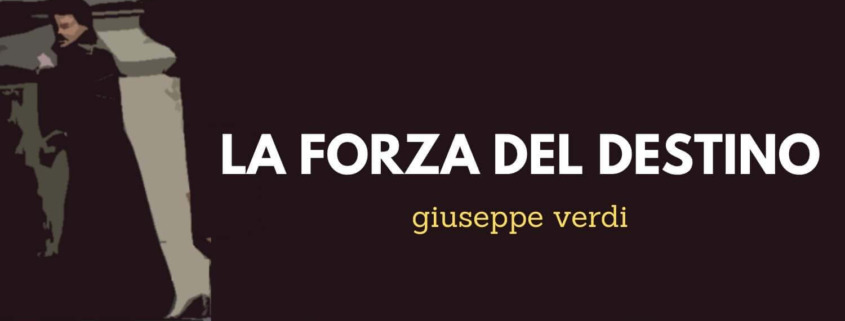
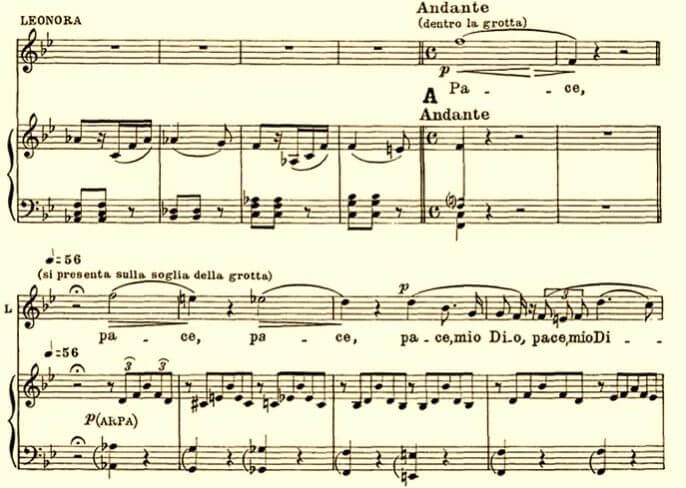
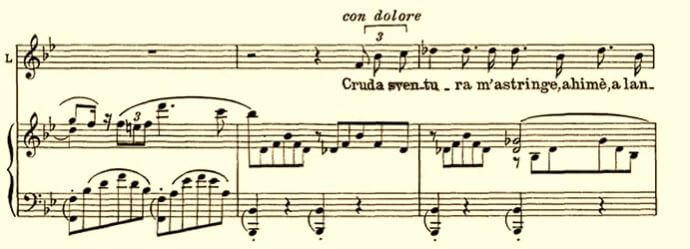
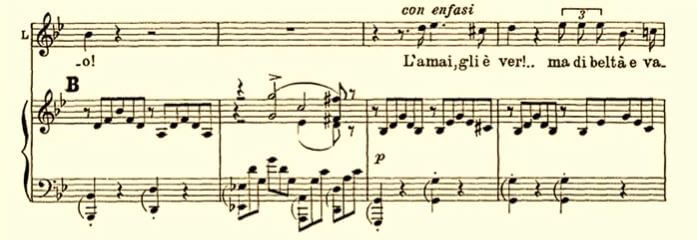
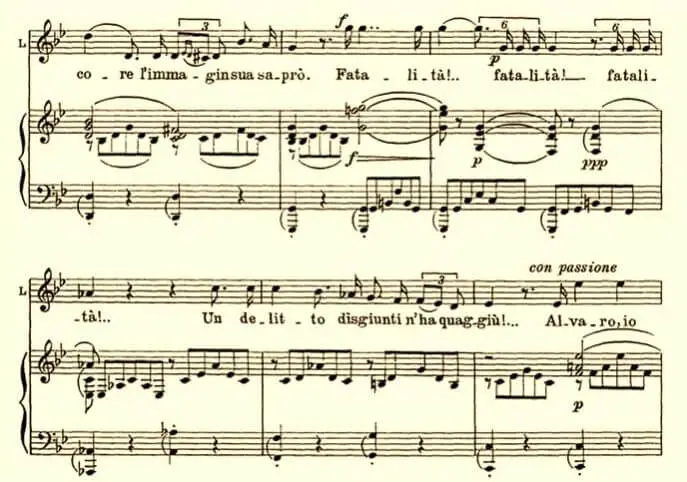




Leave a Reply
Want to join the discussion?Feel free to contribute!